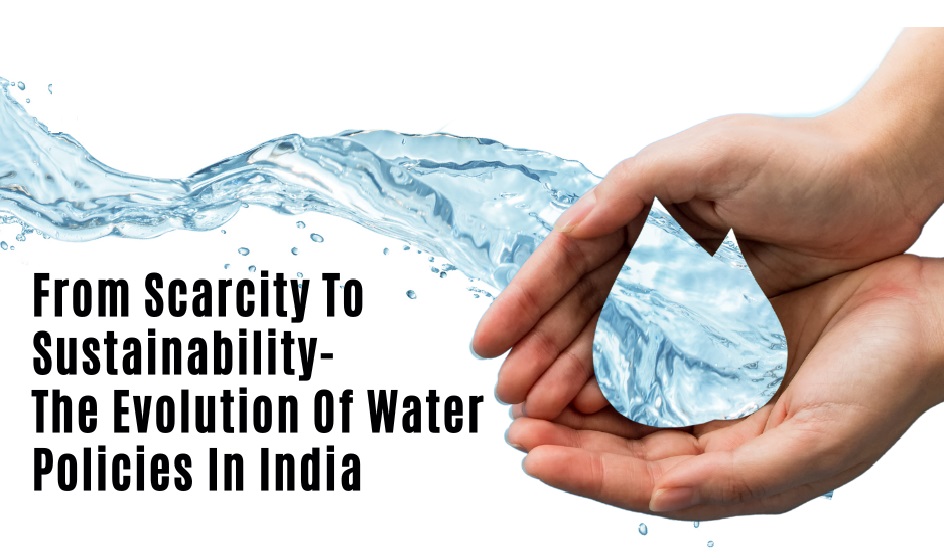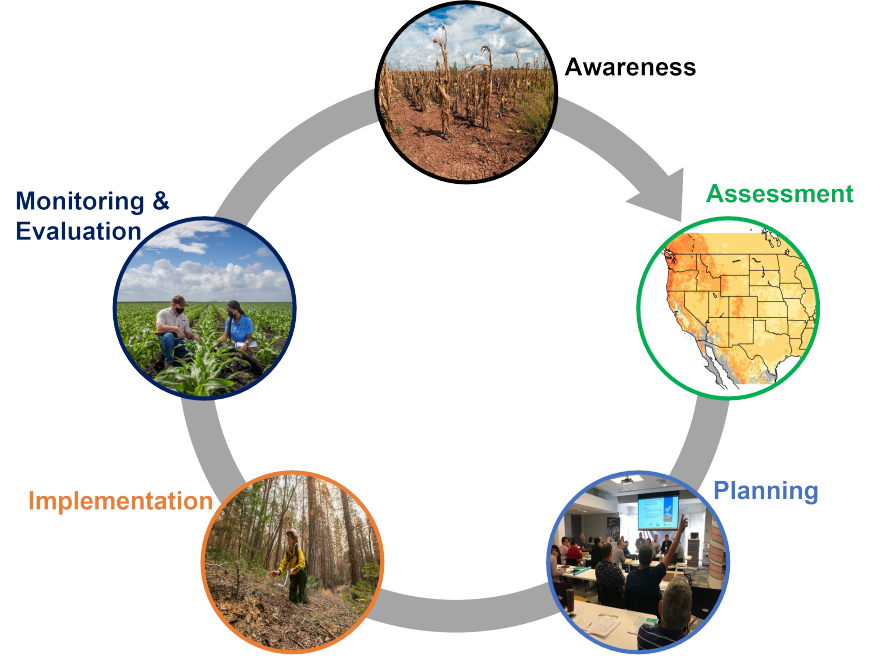
In India, ensuring safe water storage practices is crucial for public health, agriculture, and overall socio-economic development. Government policies and regulations play a pivotal role in shaping these practices, setting standards, and promoting responsible management of water resources. This article examines the impact of policy and regulation on safe water storage in India, highlighting key initiatives, challenges, and future directions.
Government Policies and Initiatives
Government policies related to water storage in India are primarily aimed at ensuring safe, reliable, and equitable access to water for domestic, agricultural, and industrial purposes. Key initiatives include:
National Water Policy: The National Water Policy of India emphasizes sustainable water management, efficient use of water resources, and conservation measures. It encourages the development of water storage infrastructure to enhance water availability and reduce dependency on erratic monsoon rains.
Rainwater Harvesting Regulations: Several states in India have implemented regulations mandating rainwater harvesting in urban and rural areas. These regulations promote the installation of rainwater harvesting systems in buildings to recharge groundwater and supplement water supply during dry periods.
Drinking Water Quality Standards: The Bureau of Indian Standards (BIS) sets standards for drinking water quality, including guidelines for safe storage practices to prevent contamination and ensure water safety at the household level.
Financial Incentives: Government schemes such as the Pradhan Mantri Krishi Sinchayee Yojana (PMKSY) provide financial support for the construction of water storage infrastructure in agriculture. These subsidies encourage farmers to adopt modern water management practices and enhance agricultural productivity.
Impact of Regulations on Water Storage Practices
Government regulations have significantly influenced water storage practices in India:
Improved Infrastructure: Regulatory frameworks have spurred investments in water storage infrastructure, including dams, reservoirs, tanks, and check dams. These structures help in storing water during the monsoon season for irrigation, drinking water supply, and industrial use.
Promotion of Rainwater Harvesting: Mandates for rainwater harvesting in urban areas have led to widespread adoption of rooftop rainwater harvesting systems. This decentralized approach reduces pressure on municipal water supply systems and recharges groundwater, contributing to water security and resilience.
Enhanced Water Quality: Regulations focusing on safe water storage and treatment have improved drinking water quality in rural and urban areas. Proper storage practices prevent contamination and ensure that water remains safe for consumption.
Community Engagement: Policies promoting community-based water storage initiatives empower local communities to manage their water resources sustainably. This participatory approach fosters ownership and accountability, leading to better maintenance of water storage facilities.

Challenges and Future Directions
Despite progress, challenges persist in promoting safe water storage practices in India:
Compliance and Enforcement: Ensuring compliance with regulations and enforcing standards across diverse geographical and socio-economic contexts remains a challenge. Strengthening monitoring mechanisms and capacity-building efforts are essential to address these gaps.
Climate Change Resilience: Increasing climate variability poses risks to water storage infrastructure. Policies need to incorporate climate resilience measures to mitigate the impact of extreme weather events on water availability and storage capacity.
Equitable Access: Policies should prioritize equitable access to safe water storage facilities, especially for marginalized communities and rural areas where access to clean water remains a challenge.
Looking ahead, integrating technological innovations, promoting water-use efficiency, and fostering partnerships between government, private sector, and civil society are crucial for advancing safe water storage practices in India. By leveraging policy frameworks effectively, India can achieve sustainable water management, enhance resilience to water-related challenges, and improve the overall quality of life for its citizens.
In conclusion, the role of policy and regulation in promoting safe water storage in India is indispensable. Through comprehensive and forward-thinking policies, India can address current challenges, capitalize on opportunities, and pave the way for a water-secure future.


